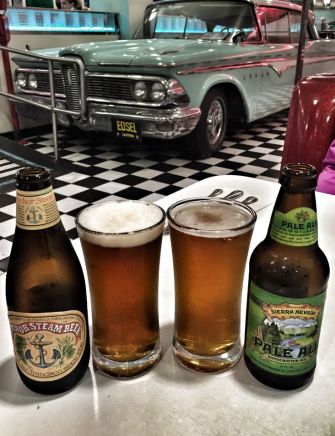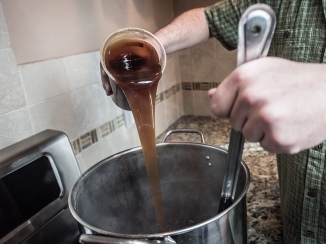What makes a beer a “strange brew” is generally up for debate by beer connoisseurs, but what almost everyone will agree on is that a “strange brew” needs to be far away from tradition and normality. You might as well throw the Reinheitsgebot right out of the window now and check timid taste buds at the door because these beers are crafted with the intention of taking everything you know and hold dear about beer and then twisting an breaking those preconceived notions of flavor.
Reno Strange Brew Festival:
Location: The Brewer’s Cabinet (back parking lot) – Reno, NV
Date & Time: Saturday, May 14, 3-7pmThis is a celebration of uniquely crafted brews from local breweries. Expect the unexpected! Most of the offerings from our local breweries will only be available at this festival. We’re talking about uncommon beer, in many cases specially crafted for this event. These brews will challenge your taste buds, your ideas of beers, and your sensibilities. Strange Brew will be complimented with live music from local bands and a tasty BBQ too. A truly different kind of brew festival for the beer geek in all of us!
How they are brewed

via Business Insider
Just kidding! There is absolutely no way I could guess how most of these mad scientist creations are concocted, besides a lot of creativity, passion, and willingness to potentially make something that tastes worse than a 7-year-old McDonald’s burger.
Most of the brewers taking part are professionals and produce absolutely amazing creations to astonish the taste buds but you just never know with these experiments. Personally I could really go for a maple syrup and bacon stout right now like I’ve enjoyed at a Strange Brew Festival in years past.
Buy your all-you-can-drink tickets online now from the Brewer’s Cabinet in Reno and prepare your tongue for a wild ride. See you all there!
Follow me on Twitter @Tanner_Brews for more




 The process is quite simple: leave the cider open on the counter, covered lightly with cheesecloth, for several days until some wild yeast finds its way into the bottle. You’ll know that you’re in business because the juice will begin to bubble and fizz. When you can see bubbles rising to the top of the bottle, you know that wild yeast have begun to consume the sugar in your juice and turn it into alcohol. via
The process is quite simple: leave the cider open on the counter, covered lightly with cheesecloth, for several days until some wild yeast finds its way into the bottle. You’ll know that you’re in business because the juice will begin to bubble and fizz. When you can see bubbles rising to the top of the bottle, you know that wild yeast have begun to consume the sugar in your juice and turn it into alcohol. via 








